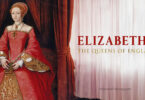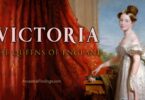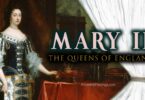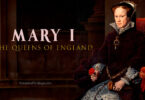Queen Elizabeth II was the longest-serving monarch in British history thus far. She was born in 1926, the eldest of two children born to Prince Albert, Duke of York, and Elizabeth Bowes-Lyon, Duchess of York. Her father was the second son of King George V of England and his wife, Queen Mary of Teck. Elizabeth was also, through her father, a great-great-grandchild of Queen Victoria.
Elizabeth was not meant to become Queen. Her father was a second son of the monarch, so he was not expected to inherit the throne. He was shy, emotionally sensitive, and had a stammer that he had to work hard to overcome when he was forced into a more public role. Called “Bertie” by the family, Elizabeth’s father preferred the quiet family life he enjoyed with his wife and two daughters (Elizabeth’s sister Margaret was born in 1930). The Yorks were a cozy, close family, by all accounts.
Elizabeth’s paternal grandfather, King George V, crossed to the other side in 1936, and her uncle succeeded him as King Edward VIII. The new king was unmarried when he took the crown but was expected to wed and produce heirs who would one day succeed him as monarch. Edward did not do this, though, at least not in the way anyone expected. He fell in love with a twice-divorced American woman named Wallis Simpson. The English people would not accept this marriage and the rules of the Church of England, of which, as king, he was the head, did not recognize divorce. Edward would be committing adultery, by the laws of his own church, if he married a divorced woman.
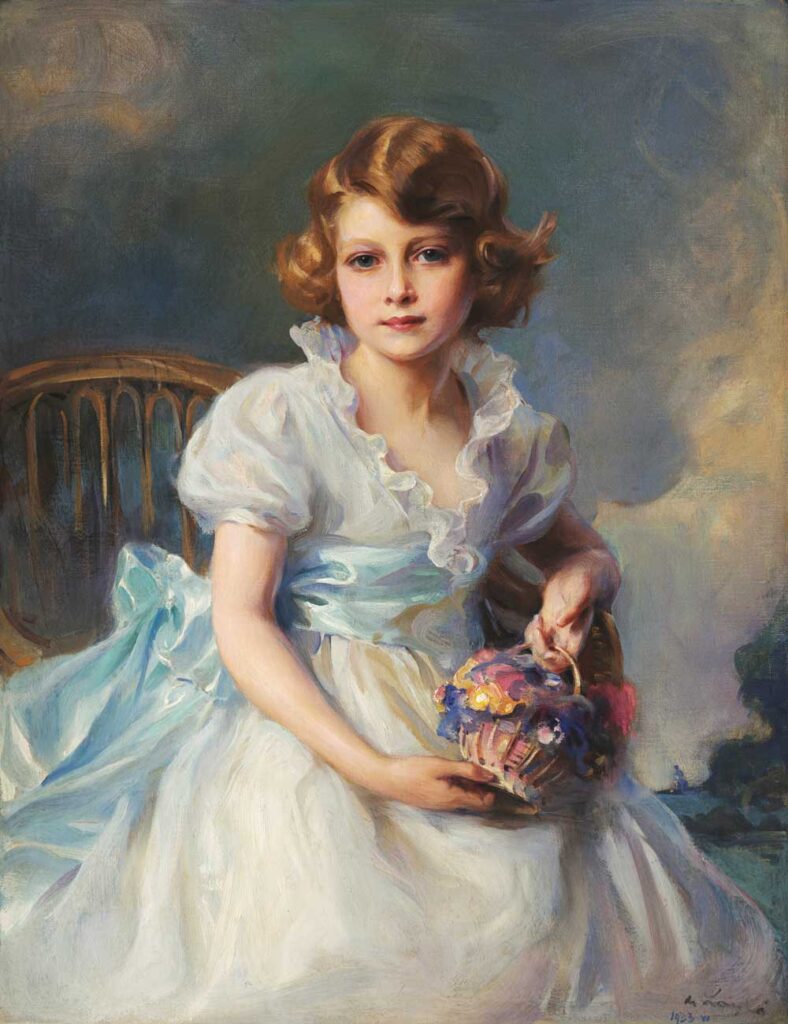
Edward wouldn’t be swayed in his love for Wallis, and before he had even been King a year, he abdicated the throne so he could marry Wallis. His mother, the Dowager Queen Mary, was firm in her disapproval of this and reacted with much dismay at the negative attention he brought the royal family. Even more resentful of this was his younger brother, Bertie, the legal heir to Edward’s throne. He was forced to become King in his brother’s place, a role he never wanted, taking the regnal name George VI. This made the ten-year-old Elizabeth the heir presumptive to the throne. The only thing that would knock her out of that place would be if her mother gave birth to a son, which she did not do.
The new royal family led the United Kingdom through the second world war, and young Elizabeth gave her first public speech at the age of fourteen, addressing the nation on the radio in a message of hope that was widely approved and regarded as uplifting. She and her sister spent much of the war at Windsor Castle; staging plays to aid in the Queen’s Wool Fund, which was established to buy yarn to sew into military uniforms. They spent much of the next five years at Windsor until the end of the war.
When she was seventeen, Elizabeth made her first solo public appearance when she went to visit the Grenadier Guards, of which she had been made Colonel the previous year. When she was eighteen years old, she trained and worked as a driver and a mechanic with the Auxiliary Territorial Service. After five months of service, she was given the rank of Honorary Junior Commander, which was the equivalent of a rank of Captain in the military.
On VE Day, when the Allied forces declared victory in the war in Europe, Elizabeth, and her sister asked their parents if they could venture out onto the street to celebrate with the people of the kingdom. Permission was granted, though Elizabeth and Margaret were concerned they would be recognized. Everyone was so caught up in happiness and celebrating, though, that the two princesses were able to remain incognito, joining in with the throngs of people who were linking arms and parading down the street in a wave of happiness, relief, joy, and celebration.
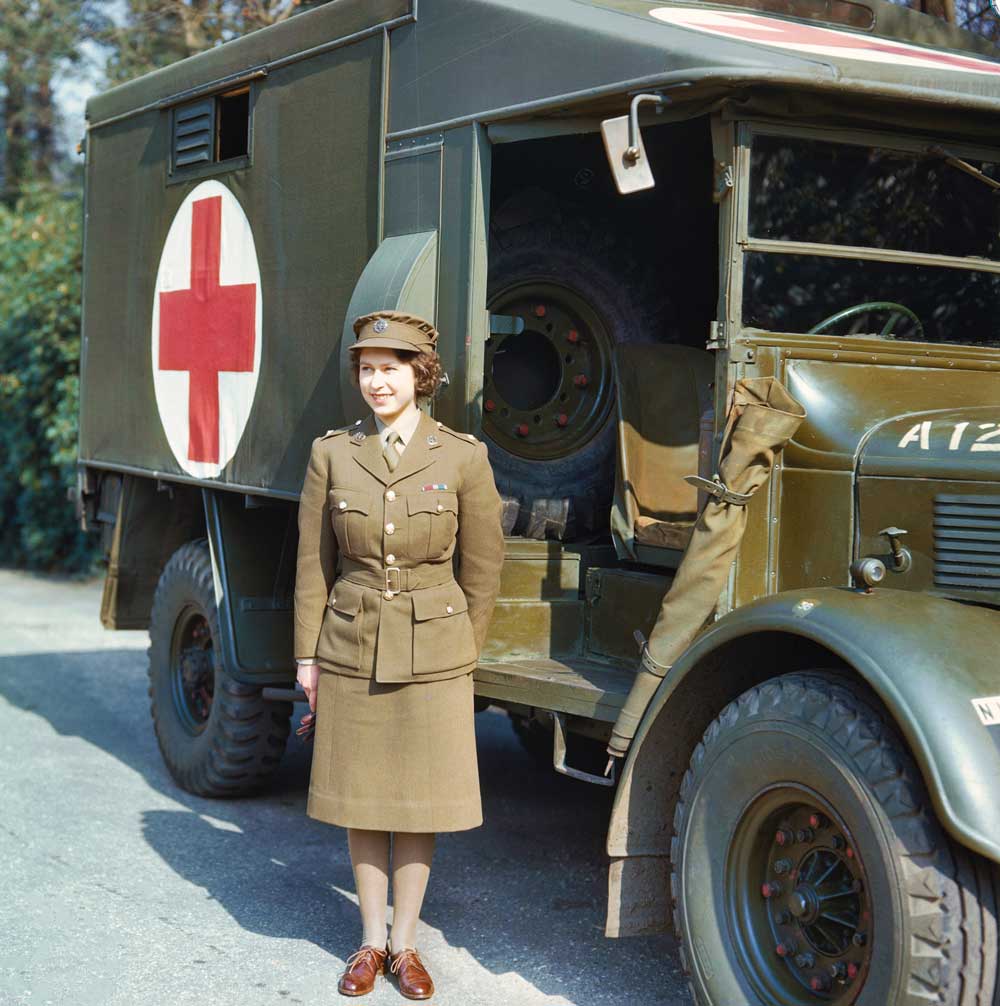
In 1947, Elizabeth went on her first overseas tour, accompanying her parents to the southern part of Africa. She celebrated her twenty-first birthday while on this trip and made a radio address to the nations of the British Commonwealth. Not long after this trip, her engagement to Prince Phillip of Denmark and Greece was announced.
Elizabeth had met Phillip when she was thirteen years old, and for her, it was love at first sight. Phillip was eighteen at the time and was her second cousin once removed through King Christian IX of Denmark and her third cousin through Queen Victoria. The distant cousins wrote letters regularly to each other after that first meeting. To Elizabeth, there was never anyone else for her but Phillip. They officially became engaged in 1947 and were married in November of 1947.
Prince Phillip renounced his Danish and Greek titles before the wedding, converted to Anglicanism from his prior Greek Orthodox religion, and changed his name and title to Lieutenant Phillip Mountbatten (using the surname of his mother’s family, who were British). Also, before the wedding, he was created Duke of Edinburgh and styled His Royal Highness.
Their first child, Charles, was born in 1948, followed by a daughter named Anne in 1950. Their son Andrew was born in 1960, and another son named Edward was born in 1964. Slightly before Charles’s birth, Elizabeth’s father issued letters patent that allowed her children to use Prince and Princess titles. As grandchildren of the monarch through a female line, they weren’t entitled under British law until those letters were issued, and Phillip had given up his own royal titles before marrying Elizabeth, so they wouldn’t have been able to use them through him, either. Thanks to this, all four of Elizabeth’s children could be princes and princesses from birth and not have to wait for her to become Queen to be given those titles.
In 1951, Elizabeth’s father was suffering from poor health, and she was undertaking many public appearances for him. In 1952, Elizabeth and Phillip were touring Australia and New Zealand by way of Kenya on behalf of the king when word was sent to them that the king had crossed to the other side. Phillip told Elizabeth himself that her father was gone and she was now Queen. They left Kenya the next day and flew to the United Kingdom. As her grandmother, Queen Mary of Teck, was still alive, there were briefly three Queens in England (Elizabeth’s mother being the other one).
Elizabeth was officially crowned in a coronation ceremony in 1953, though her grandmother Mary was not still on earth to witness that. This began the long and storied reign of the beloved queen. Even those British citizens who did not approve of a monarchy had a hard time not loving Elizabeth. She became a national symbol, someone the whole country could rally around.
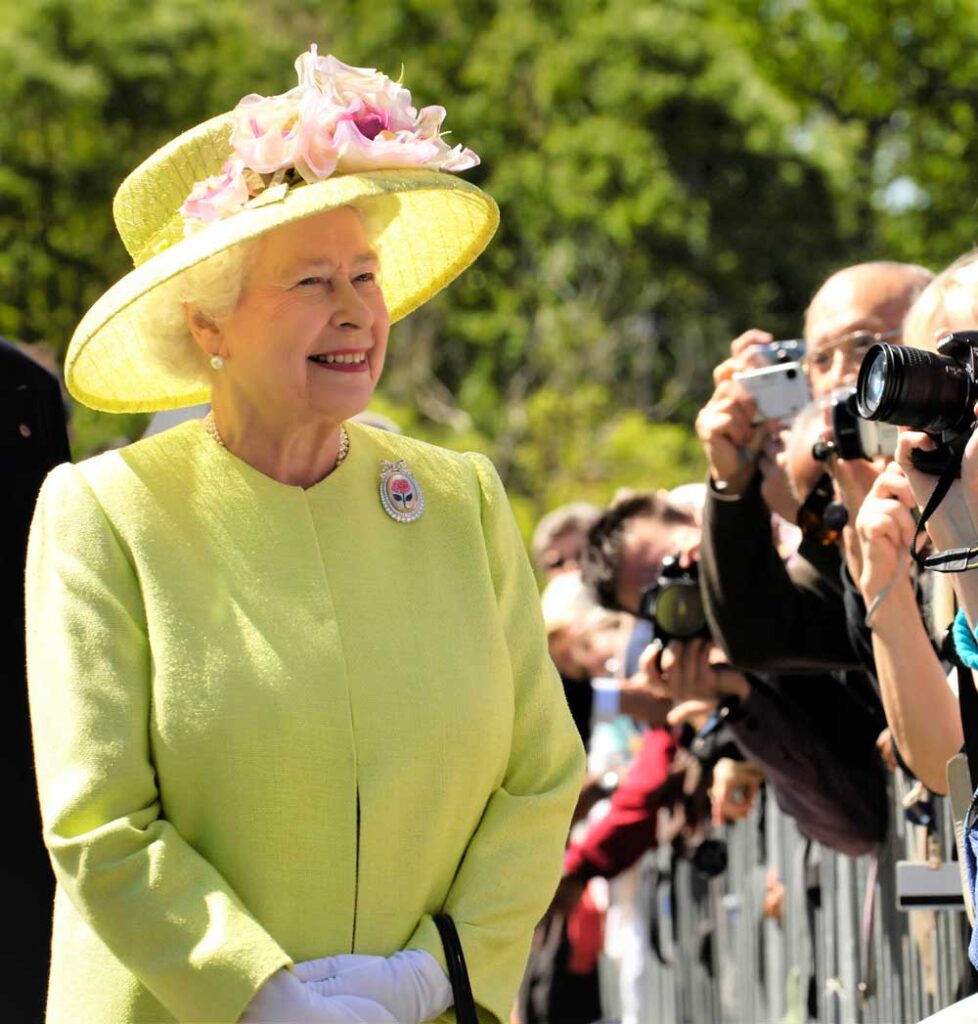
When she crossed to the other side in September of 2022 at the age of ninety-six (almost a year and a half after the crossing of her beloved Phillip at ninety-nine years old), she was the longest-reigning monarch in British history. It is a feat that is not likely to be topped soon. Though her son Charles succeeded her as King Charles III, Elizabeth will long reign in the hearts and minds of the British people and will no doubt become a beloved part of their national history.

